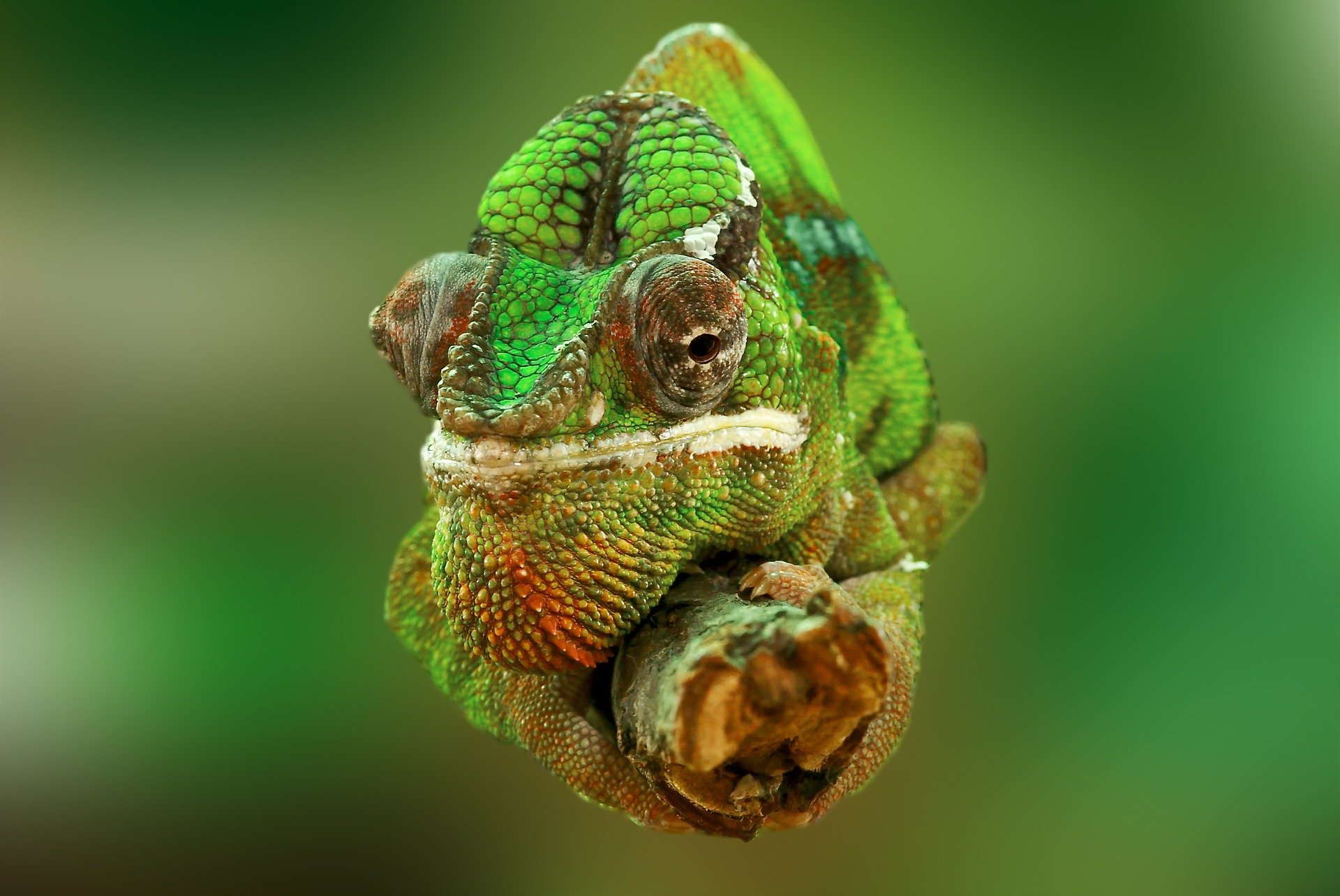Wondering what went right this week in the conservation world? We’ve got you covered with our Conservation Optimism Round-Up! Each week we are collating stories of optimism from around the globe so that you never miss your dose of Monday Motivation.
1. A huge spider assumed extinct in Britain was rediscovered in Surrey
“Described as ‘gorgeous’ by the man who found it, the great fox-spider has not been seen since 1993.”
Some good news on Halloween 🎃 🕷
— Will Bevan (@wjbevan1992) October 31, 2020
‘Huge spider assumed extinct in Britain discovered on MoD training site’ #ConservationOptimismhttps://t.co/Ks0KQlPUBR
2. Census showed spike in George River caribou numbers
“A summer baby boom in the long-struggling George River caribou herd in Labrador and Quebec has led to an increase in population numbers — its first in more than 25 years.”
3. A record number of endangered turtles hatched in Mexico
“Record numbers of an endangered species of turtle have hatched on a beach in northern Mexico, believed to be the result of reduced human activity during the coronavirus pandemic.”
The indigenous Seri community in Sonora state of Mexico released more than 2,250 baby olive ridley turtles in the Gulf of California.
— Shannon Noelle Rivera (@_ShannonRivera) October 31, 2020
Record numbers believed to be the result of reduced human activity during the pandemic.#conservationOptimism https://t.co/yVbR6A4Zyr
4. A chameleon last seen a century ago was rediscovered in Madagascar
“Researchers from Madagascar and Germany said on Friday they had discovered several living specimens of Voeltzkow’s chameleon during an expedition to the north-west of the African island nation.”
5. A new coral reef has been found in Australia
” This is the first discovery of its kind in 120 years. The reef is 1.5 km wide and 500 meters (1600 feet) tall. “
6. Persian leopards are making a comeback in Russia’s mountains
“Last month, a satellite collar on a Persian leopard known as Artek showed the leopard in a single location for 154 hours—the longest amount of time observed in satellite monitoring of Persian leopards.”
We ❤️ Good News!
— Unboxals (@unboxals) October 30, 2020
-#ConservationOptimism #FeelGoodFriday
-https://t.co/tfzMWyvnkl
7. Gharials are returning to India’s rivers
“Gandak River in Bihar has about 7%–8% of the global adult population of gharials in the wild, and we are proud to have been instrumental to make this happen. What we visualise is that the Gandak will perhaps become the second most important wild gharial breeding location in the country, after the Chambal River.”
Thanks to intensive conservation efforts, #gharials are slowly recovering from their dramatic decline in the latter half of the 20th century. Find out how in the story below. #Herpetology #Reptiles #Conservation #ConservationOptimismhttps://t.co/LDbyJWfsOe
— British Herpetological Society (@BritishHerpSoc) October 29, 2020
Have a story to share for our weekly round-up? Use #ConservationOptimism on Twitter, Facebook, LinkedIn and Instagram!


